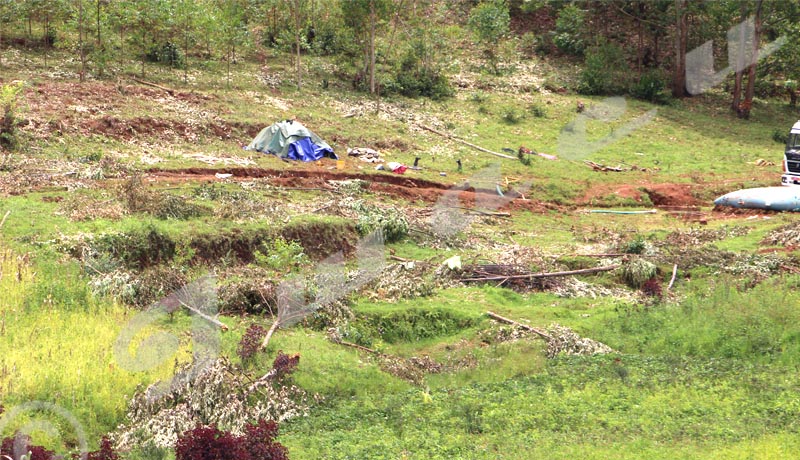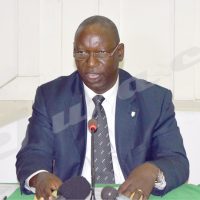Gaspard Ntakimazi, expert in hydrobiology says it is normal that water fountains get dry while others continue to dry up following climate changes. “We were not accustomed to water sources that dry up in the country but this used to happen in other countries throughout the world,” he says adding that there are fountains that are only available in the rainy season but they dry up in summer due to climate changes. Professor Ntakimazi refers to those areas where forests don’t exist anymore. “It’s a cyclical phenomenon as the water sources don’t disappear completely,” he says.

Local residents in Gitega province have already started removing eucalyptus trees near water sources
On 9 April, Déo Guide Rurema, Minister of Environment, Agriculture and Livestock said 10. 1% of water sources in the country are completely dry while 17.8 % are gradually drying. “4418 water sources will disappear if nothing is done,” he said adding that out of 24,787 water sources located in Burundi, 2508 are dry due to human activities. Minister Rurema also said irregular rainfall, erosion, floods or prolonged droughts are also causing the water sources to dry up and water levels in the rivers and lakes are decreasing.
He indicated that Burundi government issued two joint ordinances establishing each Thursday as a national day dedicated to the environment and another one prohibiting the planting of trees absorbing a lot of water in order to protect the sources and the shallows.
Professor Ntakimazi also supports the government decision to remove all trees absorbing a lot of water including eucalyptus and other trees with big leaves. “Eucalyptus has acid that penetrates into soil and is harmful to water fountains,” he says. For him, growing trees would start from the hilltop. “Water fountains take origin from the mountains. They need to be protected”, he says.



















 IWACU Open Data
IWACU Open Data

